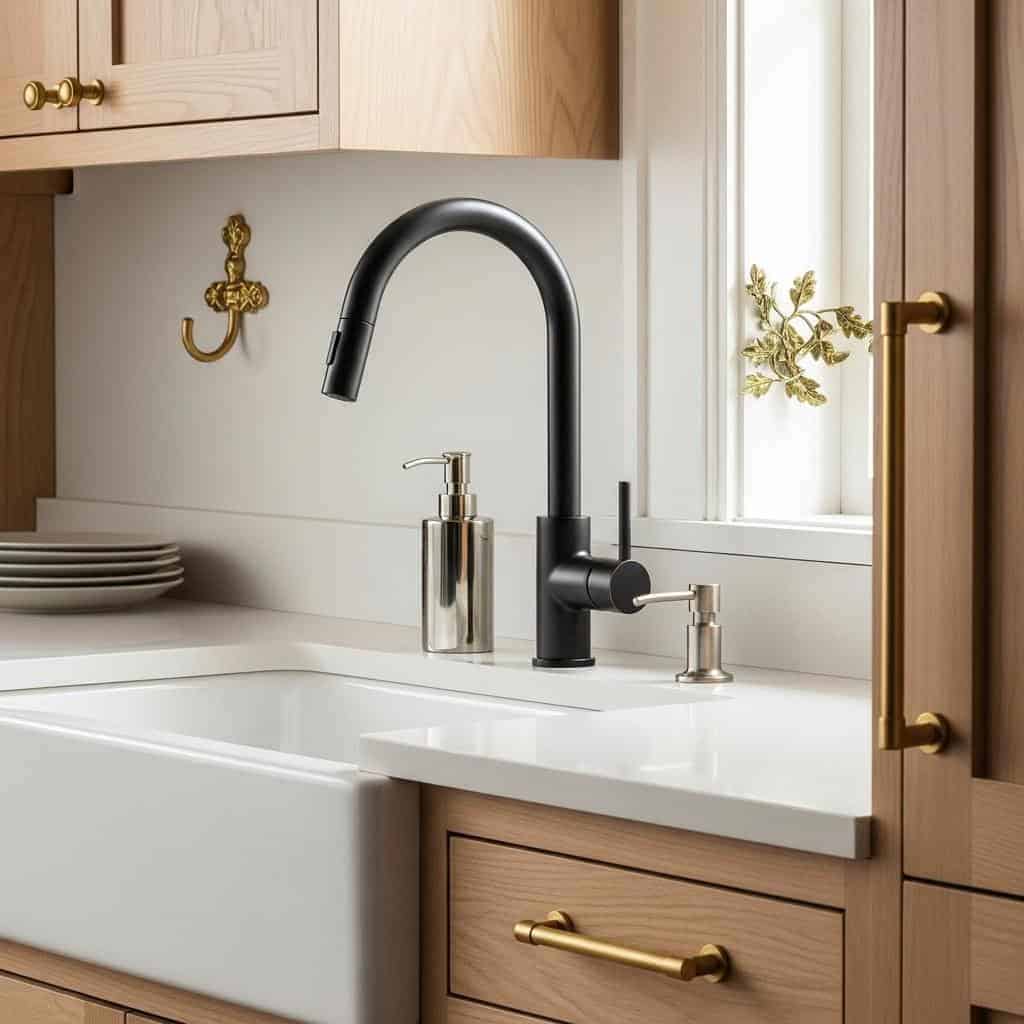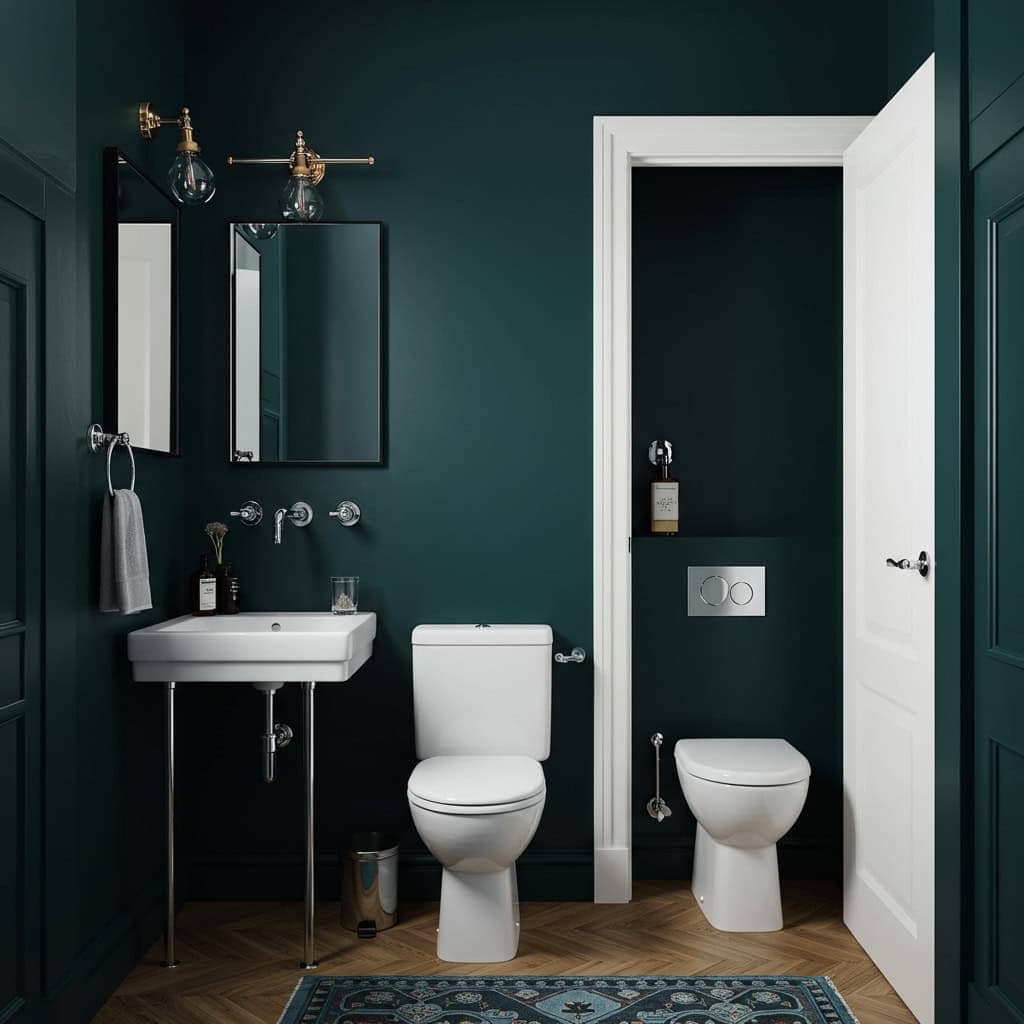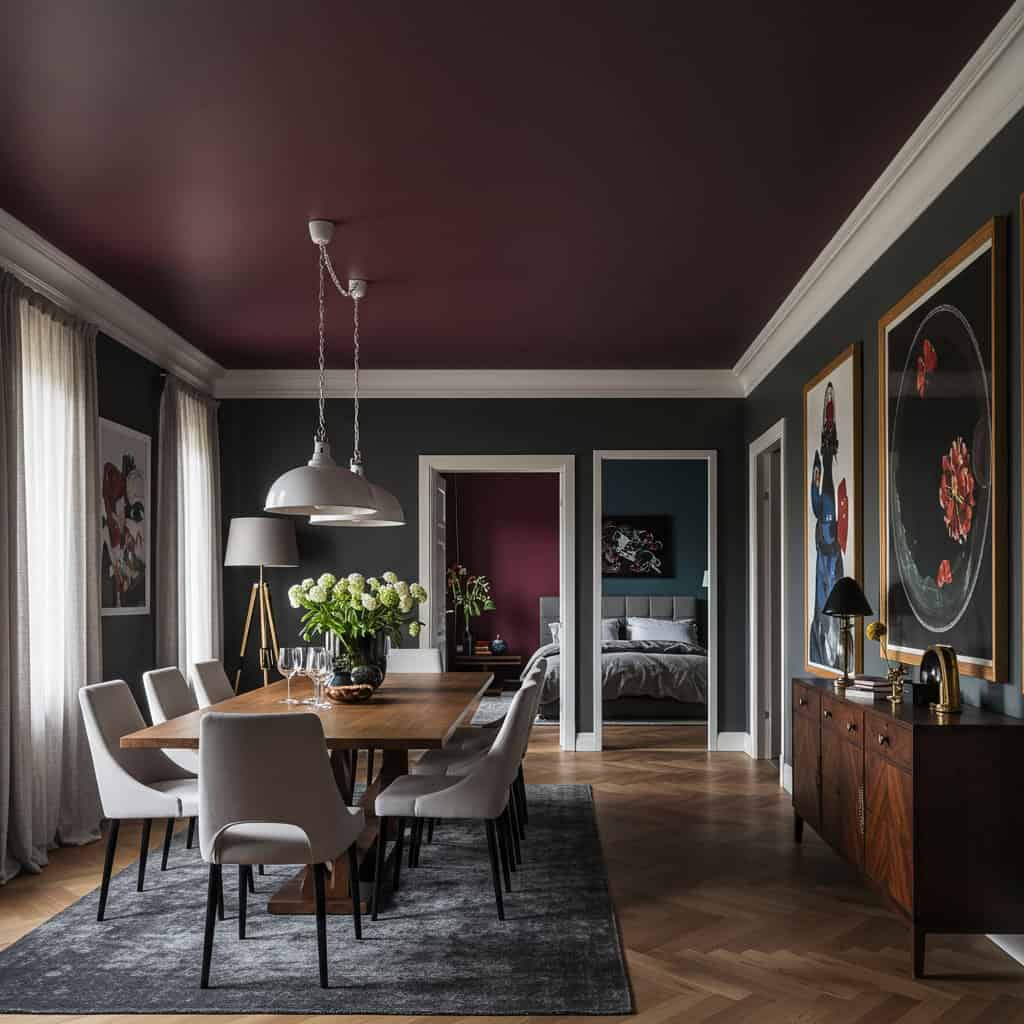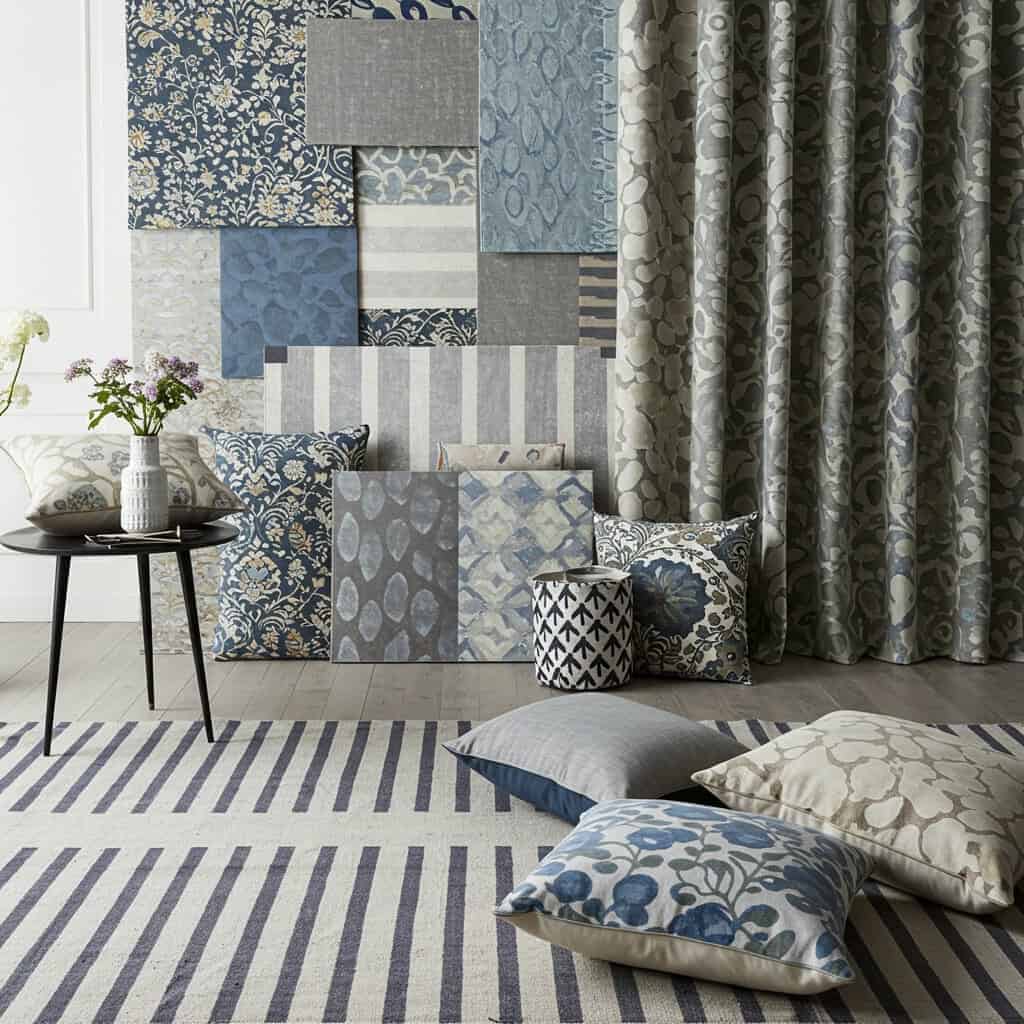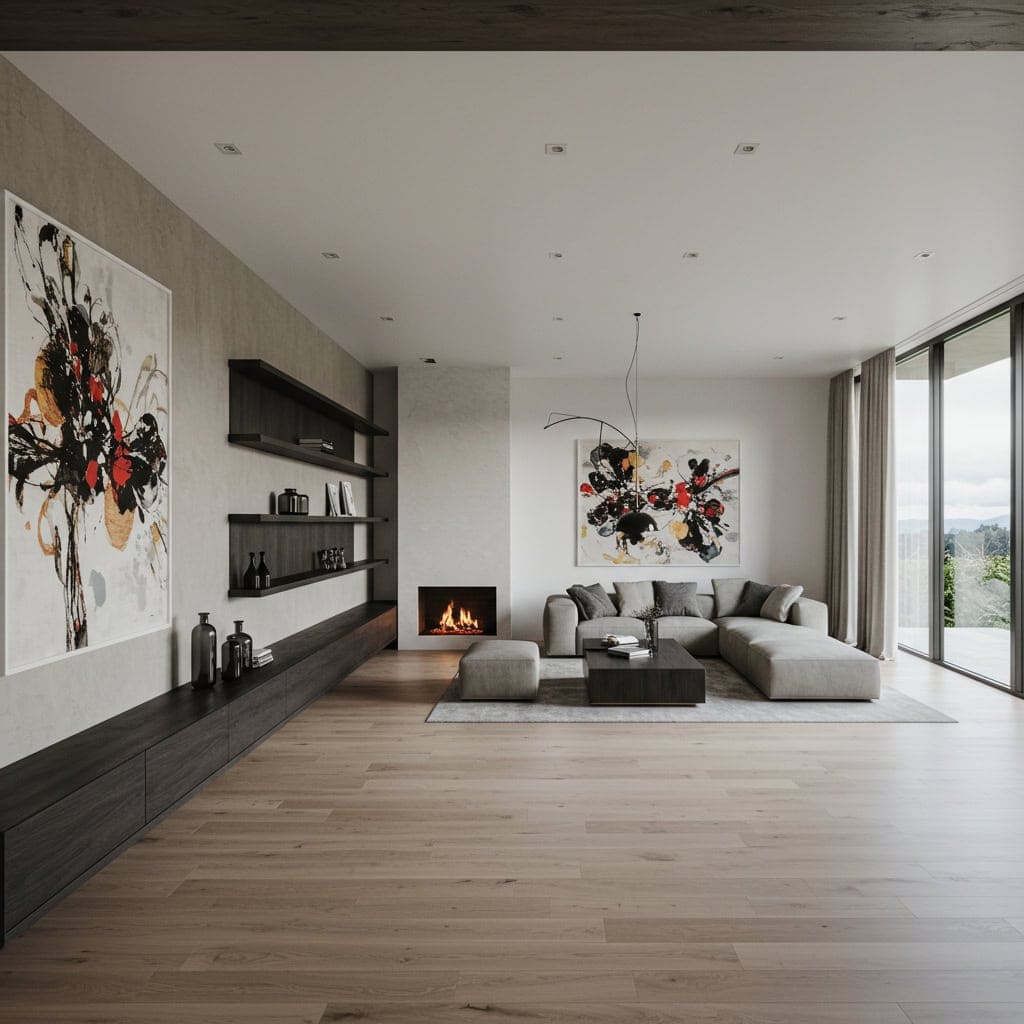Interior design is constantly evolving, with trends and personal tastes reshaping what’s considered stylish. Rigidly following outdated rules can stifle creativity and prevent your space from truly reflecting your personality. Today, designers and homeowners alike are embracing flexibility, individuality, and bold choices. By letting go of conventional wisdom, you open the door to more expressive, comfortable, and modern living. For insights into today’s most influential trends, explore Architectural Digest’s guide to 2024 interior trends.


